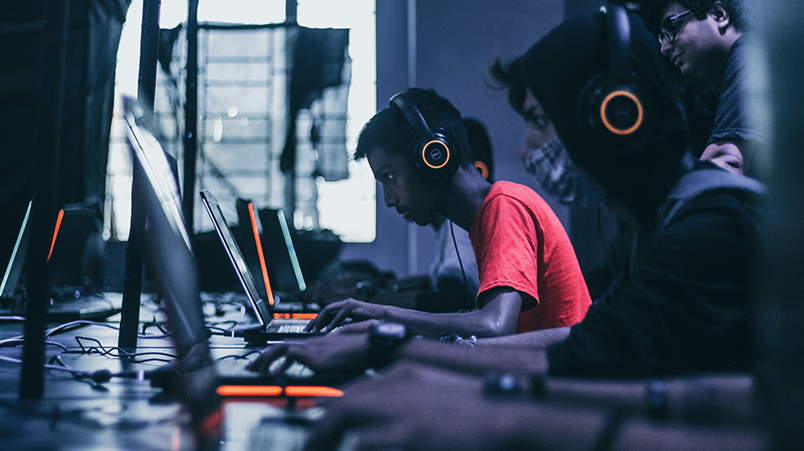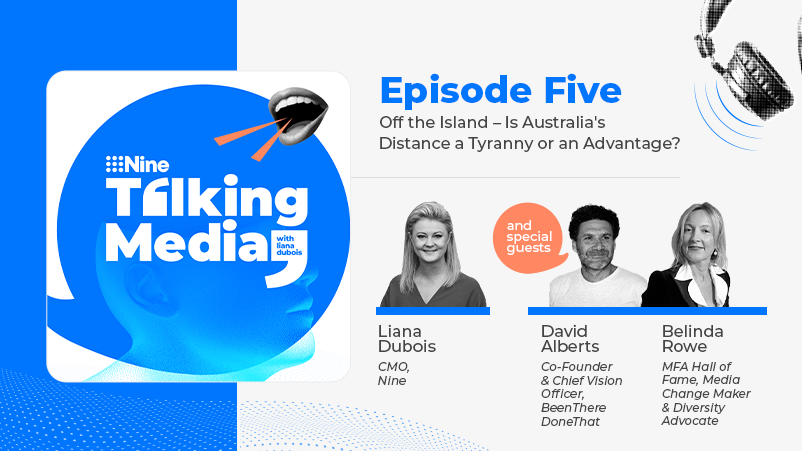Amazon's Twitch: gaming booms through COVID but brands struggle

Publicis' Jason Tonelli: "It should become part of the 70,20,10 rule of taking 10% of a budget and throwing it at gaming to try a few different things over an expanded period time. Only then are brands going to see where they fit in the ecosystem."
The video game industry is hitting new highs through COVID-19 with a 75% increase in gaming during peak times since lockdown began in the US. The trendline is the same in Australia. Total app downloads have also broken global records but as the masses pour into alternative entertainment, brands still have gamers stereotyped.
What you need to know:
- According to Amazon-owned, ad-funded platform Twitch, 66% of people aged 13 and over play at least an hour of video games a day and identify as gamers.
- 39% of its audience is unreachable via traditional TV and 9% do not watch traditional TV at all.
- Mobile game advertising platform AdColony says 57% of all Australians now mobile game daily in some form, which is now up from 43% prior to the COVID outbreak.
- 67% of Australians say they are playing more mobile games since the COVID out break and since March ,47% of Australians have added new games on their smartphones (research conducted by AdColony).
- Both Twitch and AdColony are expecting higher growth and consumer engagement, however agencies and brands still view the category from a 'stereotypical' lens.
- NRL, AFL and other sporting properties have hosted streams across Facebook Watch, while virtual simulation matches on gaming consoles have been utilised by wagering brands such as Sportsbet.
Feeling Twitchy
Almost a month into lockdown and options for entertainment have already begun to look slim, as cinemas remain closed, all major sporting codes are on hiatus and general outdoor activity is limited solely to exercise.
Enter gaming. A category that in the past decade alone has exploded in terms of consumer engagement and advertising investment.
With more people stuck at home, the category is expected to generate another surge of new users, with Verizon in the US reporting a 75% increase in gaming during peak hours of the day.
Newly named Head of Sales for Twitch, Ricky Chanana, tells Mi3 that the platform has seen increased usage in both gaming and non-gaming content. Figures from Statistica revealed Twitch had its biggest month in March 2020, recording 22.7 million peak daily active users.
He says the platform is working with organisations across music, sports, esports, and more as people look for ways to connect with their fans and communities during this time.
"What this period of time has shown us is the value in live streaming (and gaming more specifically) as an activity that connects people and the viewing habits of young, hard-to-reach audiences," Chanana says.
"We know 66% of people aged 13 and over play at least an hour of video games a day and identify as gamers, while 39% of our audience is unreachable via traditional TV and 9% do not watch traditional TV at all."
Going mobile
According to Nielsen digital panel (May 19), 19.7 million Australians will consume entertainment on a digital platform every month, 18.1m will watch video and 15.1m will game on a digital platform every month.
One of the biggest areas of this is mobile gaming, which in 2019 made up 72% of all total app stores revenue or AUD $136bn. The prediction is that mobile gaming will grow to $158bn globally in 2020. Mobile gaming makes up of more than 50% of the total games market and is more than 2.4x the size of PC gaming and 2.9x than console gaming in spend.
Mobile advertising platform AdColony's Country Manager Lance Traore told Mi3 that even prior to the COVID-19 outbreak, mobile gaming was already recording significant consumer engagement increases.
However, during the crisis, the sector has jumped yet again with a report from AdColony finding that 57% of Australians will game daily in some form, which is up from 43% prior to the COVID outbreak.
The increase is similar to figures WARC released out of China, which showed mobile gaming and short video content grew in popularity throughout February as mobile gaming accounted for 12.2% of total online consumption in that month, a rise in share from 8.5% in January.
Despite the growth, Traore says marketers still struggle to understand the opportunity in advertising through mobile games, often not realising how to effectively communicate through the platforms or are getting bogged down in dated stereotype of what a "gamer" is.
"The conversation with clients often gets confused," Traore says. "While the statistics from the IAB show that gaming is now the number one digital entertainment activity for all Australians with 39% of all digital entertainment time spent is playing some form of game, many clients still think using the medium means they have to target 'gamers'. Targeting a gamer is as useful as targeting 'reader' or a 'watcher'. Everyone reads, watches video and everyone games"
"In my experience the majority of brands and agencies don't fully understand the sheer scale and size of mobile gaming. In Australia alone, there are now more than 10-11 million mobile gamers. Even across more mature audiences mobile gaming is a massive channel."
Traore says evidence of this includes facts such as 63% of all 35-44 year olds are gamers, 60% of Candy Crush (which made $2.3 billion dollars in 2019) players are the main decision-makers in their household and 54% of mobile gamers are women and 72% of all parents are mobile gamers (global webindex Q4 2019)
"Additionally, one of the key things COVID has done is shine a light on how gaming connects people, especially as people look to keep up social activities while remaining indoors," he says.
"There's been a surge in multiplayer games and multiplayer casual games. House Party is one. For us, the app that has trended up the most is Words with Friends 2."
Looking forward he says the gaming industry is only going to keep growing and the predictions over the next few years are huge as the sector in all shapes and forms will continue to take share of voice from social and video content consumption (linear or digital).
"Most marketers will have to quickly wake up to the important role mobile gaming will play in the modern marketing mix but it will be based on educating them around its mass reach capabilities and shaking off the idea that it's only for those stereotypical ‘a lazy 18 year old male living at home’ types," Traore says.
"Looking at it from a COVID point of view, once things begin to return to normality, marketers' budgets are going to have to work harder than ever for them and considering the cost-effective nature of mobile game advertising, due to it still being severely underutilized, with a cost of impression roughly a third of a BVOD impression, I think brands will begin to see it as a valuable option."
The digital conversion
Outside of the typical in-game advertising and pre and mid-roll that accompanies live streaming platforms such as Twitch, the sporting world has also begun to lean on gaming and virtual simulations.
Below is a list of major events/platforms that have made the jump into the gaming world during COVID:
- NRL teams Canterbury Bulldogs and Wests Tigers supplemented their round 3 clash with a game of the online multiplayer game Fortnite - with members of each team taking part.
- Finland's national hockey championship game was played through the EA Sports' NHL20 game. The event was also broadcast nationally.
- The Grand National, the UK's most viewed thoroughbred jumps race was digitally simulated this year, with 5m viewers tuning in to watch.
- Twitch launched its own charity event "Stream Aid" which saw international artists perform and participate in live-streamed games.



